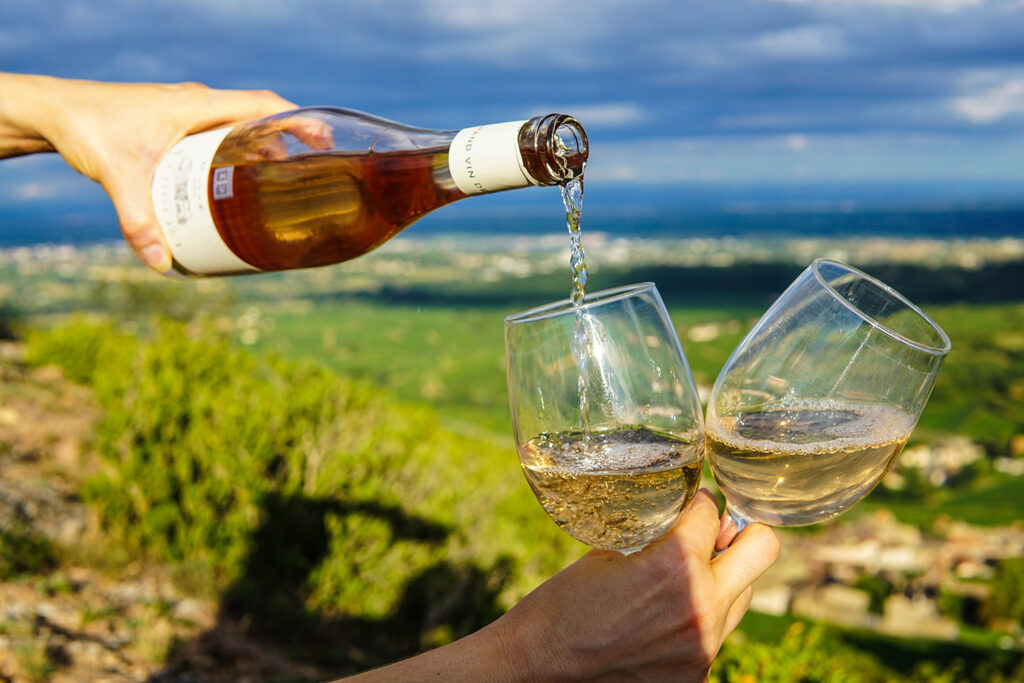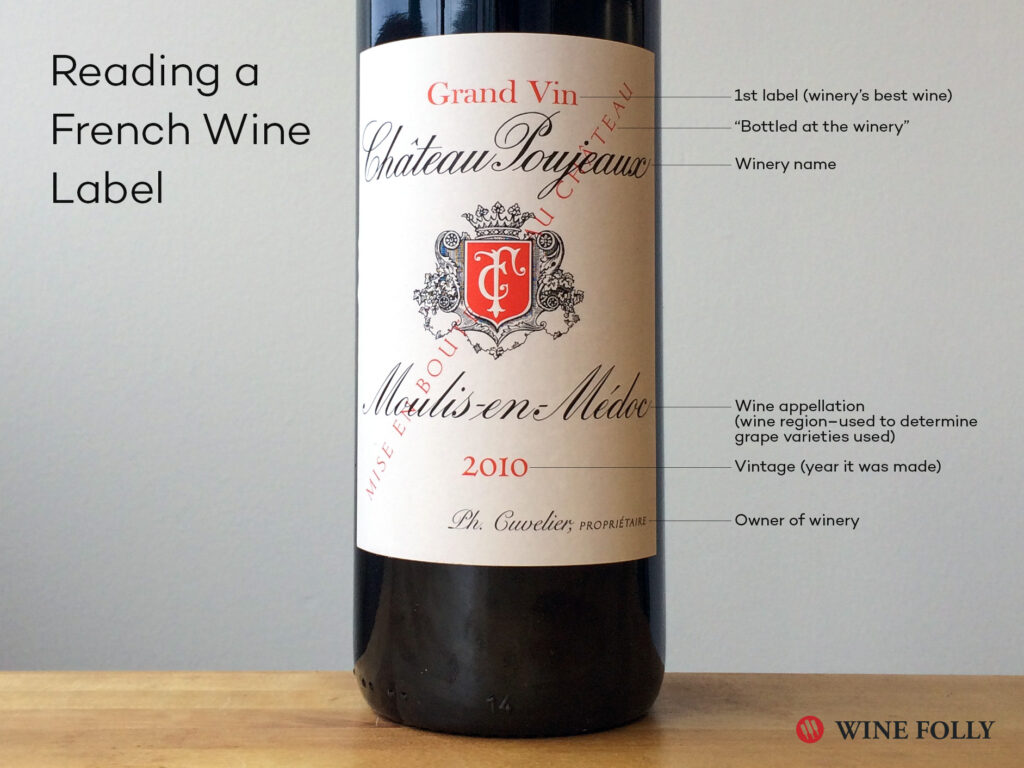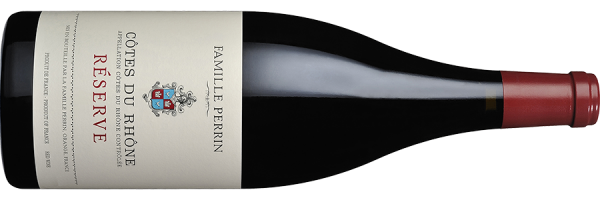Understanding French Wine

By Lisa Perrine Brown, Oryana Wine & Beer Coordinator
For many people, France may resonate as the birthplace of wine. The imagery of sitting outside a French café surrounded by bread and cheese while sipping on a glass of wine (assumedly with the Eiffel Tower somewhere in the background) is iconic. French wine has a rich history that starts in the rolling vineyards located all over the country. The primary growing regions in France are as follows:
- Loire: Known for sauvignon blanc, muscadet, and chenin blanc
- Champagne (yes, THAT champagne): You guessed it; known for sparkling wine!
- Alsace: Riesling, Pinot Gris, and Gewurztraminer are the stars here
- Burgundy: Produces red Burgundy (pinot noir) and white Burgundy (chardonnay)
- Bourgogne: Pinot Noir & Chardonnay reign supreme!
- Beaujolais: Best known for the wine named after this region; Gamay!
- Rhone: Syrah & grenache blends
- Provence: Incredible rose blends are iconic in this region!
- Languedoc Roussillon: Grenache & carignan blends are what this southern coast primarily produce
- Bordeaux: Red Bordeaux blends (cabernet franc & merlot) and white Bordeaux (usually a blend of sauvignon blanc, semillon, and muscadelle) are the highest performers here
While you work on pronouncing those in your best French accent, we’ll tell you a little about the growing history in France and which wines we offer from some of these incredible regions.
Sometimes, choosing a French wine can be difficult. One of the hurdles shoppers encounter is a lack of grape variety name on the bottle. Instead, French wines might be designated by their appellation (growing area), or “Appellation d’Origine Contrôlée.” Each winemaking or grape growing area has its own rules that must be adhered to when using these designations on their wine.
One of the reasons to choose appellation over grape name is the emphasis put on terroir. Terroir, or the variety of natural contributions to the grape growing process (such as soil, weather, or even vineyard elevation), makes most of the decisions about how a grape, and eventually, a wine will turn out.
Below is a wonderful example of a French wine label, as well as how to read it, courtesy of Wine Folly

Lets talk about some of the beautiful French wines we carry at Oryana!
Chateaux Haut Pasquet Bordeaux

Varietal: Bordeaux style red blend (Remember – Cabernet Franc & Merlot!)
Region: Bordeaux (Which we see in the name, and learned about earlier; a growing region can often allude to the varietal in the bottle)
Flavor notes: The ripe nose of this 2018 is reminiscent of black plum and blueberry, embellished with aeration with some sweet spices. The tannins have been richly blended with the well balanced acidity. On the mouth, you’ll experience blackberry compote with hints of cassis and juicy cranberry mixed with spices. Clean, pure blackcurrant with fine tannins in the fruit-filled finish. This is very approachable wine!
This wine would pair wonderfully with beef, gamey meats, or roasted eggplant.
Chateau Roc Meynard – Bordeaux Blanc

Varietal: White Bordeaux blend; Semillon and Sauvignon Blanc
Region: Bordeaux
Flavor notes: Due to the white grapes, this wine will be much softer than its red-blend bretheren from the same region. Ripe apricot and apple convey a fresh crispness, which is rounded out by the herbal flavors presented by the Sauvignon Blanc.
This could be poured with pork, vegetarian entrees, and lean (less fatty or oily) fish.
Les Volets Malbec

Varietal: Malbec (did you know this varietal is from France, and not Argentina, like many assume?)
Region: Vin de Pays/Pays Cathare
Flavor notes: Once you stop being mesmerized by the beautiful ruby color of this wine, you’ll find notes of blackberry, smoke, and dark chocolate. Spice and fleshy berry flavors with hints of toasted oak coat the tongue.
Pop this cork with steak and grilled meats (to include a seared tuna!)
Les Volets Chardonnay

Varietal: Chardonnay
Region: Vin de Pays/Pays d’Oc
Flavor notes: A bright and lively nose with notes of candied fruits, apricots, and orange peel lead to hints of toasted hazelnut and buttery brioche. This balanced wine has hints of oak, but doesn’t overpower the fresh quality of the fruit.
Enjoy this wine with Baked chicken with a creamy sauce, wild mushroom risotto or pasta with clams in white wine.
Chateau La Tour de Bernaud

Varietal: A blend of Syrah, Grenache, and Carignan
Region: Rhone Valley
Flavor notes: Flavors of blackberry and black cherry strike first with this wine. Subtle nuances of oak, smoke, and coconut follow. This wine finishes with the slightest hint of anise.
Beef & lamb would make excellent dinner choices with this wine in your glass!
La Veille Ferme Rose

Varietal: Grenache
Region: Rhone / Vin de France
Flavor notes: This wine is a fresh respite from some of the heavier Bordeaux’s we’ve been discussing. Beautiful aromatic notes of candy and light red fruits open the palate, which leads way to a balance of acidity and fruit freshness.
Enjoy this crisp wine with hors-d’oeuvres, cold buffets, tomato salads, grilled meat, and other summer lunches.
D Astruc Viognier

Varietal: Viognier
Region: Vin de Pays/Pays d’Oc
Flavor notes: If you’ve never experienced viognier, it is pure joy in a bottle. This expressive wine has vibrant tones of white peach, pear, and sweet pea, which give way to flavors of ginseng honied tea, peach pit, and additional stone fruit flavors. This balanced wine is one that can be paired with many dishes but is a treat in and of itself.
This wine is a perfect pairing with bright and expressive Asian dishes.
Famille Perrine Reserve Cotes du Rhone Rouge 2019

Varietals:
Grenache : 40%
Mourvèdre : 40%
Syrah : 20%
Region: Vinsobres
Flavor notes: Beautiful color of an intense and deep red with purple reflections. The nose is particularly expressive with aromas of fresh cherries, cinnamon and pepper. The palate is well balanced, with a lot of softness and elegant tannins.
Pair with beef, lamb, and poultry.